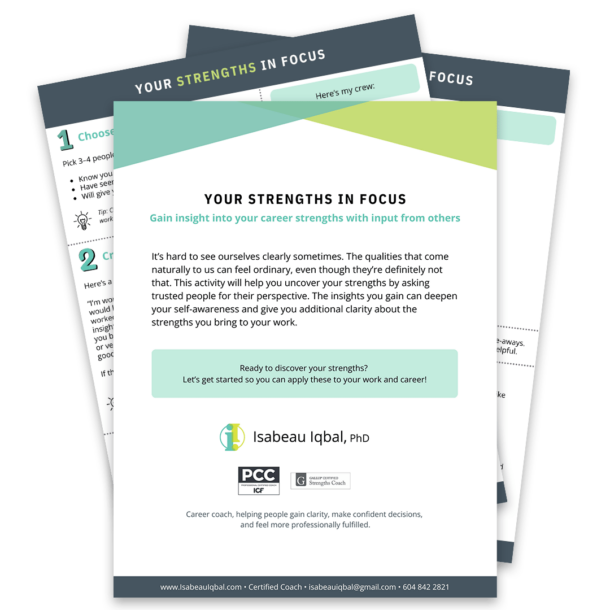Procrastination, writes James Clear, is a force that prevents us from following through on what we set out to do. Given this force [I love his choice of that word], we need something equally powerful to counteract and resist procrastination. Enter the use of a distraction log to reduce procrastination.
When I think of all the ways procrastination appears, distraction is one of the most visible and tangible. But, it’s also sneaky.
Perfectionism, procrastination, and distraction
If you have any perfectionist tendencies, you’re intimately familiar with procrastination–and also with the strategy of distraction as a way to procrastinate.
Distraction can appear as:
- “Busy” work (e.g. scheduling meetings, cleaning up your desktop)
- Productive procrastination (e.g. looking up information when you don’t really need to–I would know!)
- Reading irrelevant emails (when you could just delete and be done with them)
- Your own special time wasters (e.g. cleaning?)
- Escapism activities (e.g. Social media, social media, social media…)
- Excessive relaxing/sleeping (I wish!)
- Self-critical thoughts (Busted)
Procrastination isn’t about avoiding work. What?!
In his article titled “Procrastinate much? Manage your emotions, not your time,” Dr. Adam Grant writes: “procrastination isn’t about avoiding work; it’s about avoiding negative emotions. We procrastinate when a task stirs up feelings like anxiety, confusion or boredom…”
My own procrastination struts around like overt task-avoidance or need-to-think-about-this-more. Avoid and overthink = Isabeau’s go-to procrastination methods.
Use a distraction log to track procrastination and emotions
When we notice what’s going on within, we’re better able to change our behaviour. That’s why I like the distraction log–because it promotes self-awareness.
Here’s how it works:
1. Grab a sheet of paper or open up a document and create a table.
2. From left to right, create columns with these headers:
- What am I doing? This is the activity I’m engaging in to distract myself from the “real” task.
- What I intended to do.
- Notes. This is where I include how I am feeling and reflections on what to try next time.
- Time. What time I was engaging in the procrastination/distraction activity.
3. Use this for a few days or longer and notice the patterns.
4. Commit to practicing one “counter-force”–that is, one thing you’re going to do differently. To be successful with this, you also need to figure out how you’ll calm the emotion that is prompting you to engage in the distraction.
Distraction log: Example
Let’s imagine a situation where you intended to do some writing. You’ve also noticed your tendency to engage in distractions and procrastinate. So, you’ve decided to keep a log for a few days…Your entries might look like:
| What am I doing? | What I intended to do | Notes (how I’m feeling, reflections for next time) | Time |
| Replying to email | Write for 30 minutes. | Wasn’t sure what to write so avoided writing. Next time: Don’t judge my ideas, just get them down. | 10 am |
| Eating | Read article. | Bored. What am I doing with my life? Need to connect with my “why” –as in why does writing this piece matter. | 7:30 pm |
A few more strategies when you notice you’re procrastinating
When you notice yourself surfing social media, fiddling with fonts, taking excruciatingly long to find an image or engaging in other distractions, good for you. You’re on to yourself!
When procrastination is affecting your work, here are a few additional suggestions from Grant’s article:
- acknowledge that your procrastination is NOT a result of a poor work ethic
- find ways to stop judging your work as you create it
- try self-compassion, instead of beating yourself up, as you produce work (see this worksheet “A better option than self-criticism“)
- give yourself less time to do the task
- do the task beside someone who is uber-productive (apparently, this can help your own productivity!)
- determine how others are counting on the ____ that you’re working on.
It’s not about eliminating all distractions and being ultra-focussed all the time. It is about doing the work and activities that feel meaningful and finding ways to reduce the things that get in the way of that.


